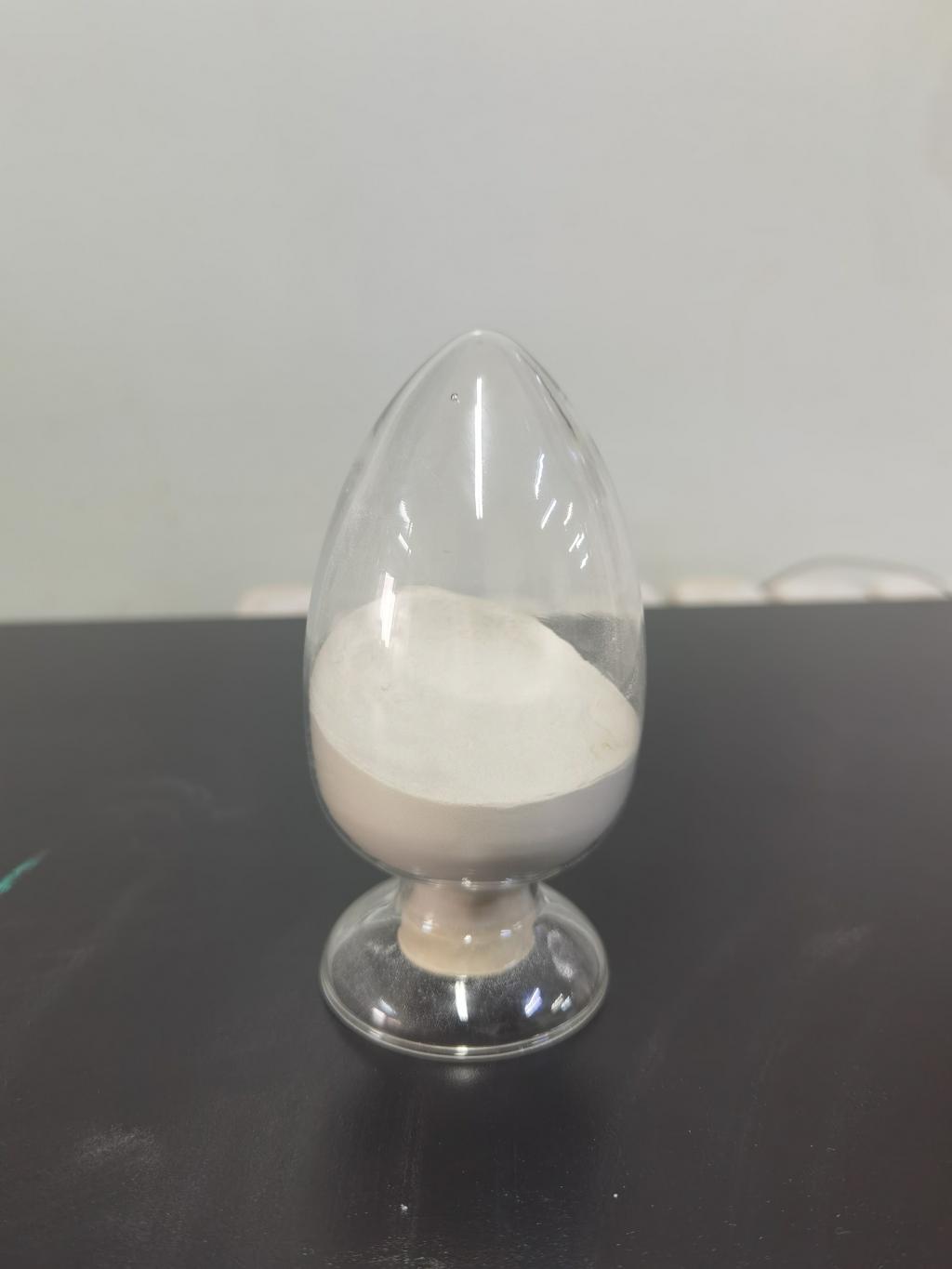Tel:+8618231198596

News
 CONTACT
CONTACT
 CONTACT
CONTACT
- Linkman:Linda Yao
- Tel: +8618231198596
- Email:linda.yao@dcpharma.cn
- Linkman:CHARLES.WANG
- Department:Overseas
- Tel: 0086 0311-85537378 0086 0311-85539701
News
Current Position:
Home >
News
>Nisin helps prevent the growth of spoilage bacteria in dairy products.
Nisin helps prevent the growth of spoilage bacteria in dairy products.
TIME:2023-10-24
Introduction:
Dairy products, including milk, cheese, and yogurt, are consumed worldwide for their nutritional value and flavor. However, their vulnerability to spoilage by harmful bacteria is a common challenge in the dairy industry. Nisin, a natural antimicrobial peptide derived from lactic acid bacteria, has emerged as a powerful tool to prevent the growth of spoilage bacteria in dairy products. In this article, we delve into the properties of nisin, its mechanism of action, and its applications in dairy products, highlighting its role in enhancing both product safety and shelf life.
Properties and Mechanism of Action:
Nisin, a peptide naturally produced by select strains of Lactococcus lactis, exhibits unique properties that make it an ideal candidate for preventing spoilage in dairy products. This antimicrobial peptide has the following key characteristics:
Broad Spectrum Antimicrobial Activity: Nisin is effective against a wide range of Gram-positive bacteria, including notorious spoilage bacteria such as Lactobacillus, Clostridium, and Bacillus. It can also inhibit pathogenic species like Listeria and Staphylococcus.
Selective Targeting: Nisin's mechanism of action involves binding to lipid II, a precursor of bacterial cell wall synthesis. This binding disrupts the bacterial cell membrane, leading to cell death. Importantly, nisin is highly selective, meaning it primarily targets harmful bacteria while sparing beneficial lactic acid bacteria, which are crucial in dairy fermentation.
Heat-Stable: Nisin remains stable at high temperatures, making it suitable for dairy processing methods like pasteurization. This characteristic ensures its effectiveness throughout various stages of dairy product production.
Applications in Dairy Products:
Nisin's versatility makes it a valuable asset in various dairy products, contributing to their extended shelf life and enhanced safety. Here are some prominent examples of nisin's applications in dairy products:
Cheese Production: Nisin is widely used in cheese making. Its addition to the cheese milk or curd helps prevent spoilage by inhibiting the growth of unwanted bacteria and molds, preserving the quality of the cheese. This is particularly important in the production of cheeses that undergo extended aging.
Yogurt and Fermented Dairy Products: Nisin-producing strains of Lactococcus lactis play a crucial role in yogurt and other fermented dairy product production. These strains contribute to product safety, allowing for the desired flavor and texture while preventing spoilage.
Cottage Cheese: Nisin is effective in extending the shelf life of cottage cheese by inhibiting spoilage bacteria and molds. This application enhances the marketability of cottage cheese, a product that can be susceptible to spoilage.
Milk-Based Beverages: Nisin has found applications in milk-based beverages like flavored milk, where it helps maintain product freshness and safety by inhibiting spoilage and pathogenic bacteria.
Impact on Food Safety and Shelf Life:
The introduction of nisin into dairy products has a significant impact on both food safety and shelf life. By specifically targeting spoilage bacteria, nisin reduces the risk of product spoilage, thereby minimizing food waste and enhancing consumer trust.
In cheese production, for example, nisin helps maintain the product's integrity and quality throughout aging, extending the shelf life of hard and semi-hard cheeses. In yogurt and other fermented dairy products, nisin ensures the safety of the final product while allowing the lactic acid bacteria to thrive, contributing to the desired flavor and texture.
Consumer Preferences and Clean Labeling:
The clean-label movement has significantly influenced consumer preferences in recent years. Consumers are increasingly seeking products with simple, natural, and recognizable ingredients. Nisin aligns with these preferences as it is a natural antimicrobial peptide with a long history of safe use. Its addition to dairy products allows manufacturers to meet consumer demands for transparency while ensuring product safety and extended shelf stability.
Challenges and Considerations:
While nisin presents numerous advantages, there are challenges and factors that require careful consideration:
Regulatory Compliance: The use of nisin in dairy products is subject to regulatory oversight in many countries. Compliance with regulations and monitoring of nisin levels are essential to ensure product safety and quality.
Bacterial Resistance: There is the possibility of bacterial resistance to nisin, although it is relatively rare due to its unique mechanism of action. Continuous research is necessary to monitor resistance trends.
Optimal Usage Levels: Determining the appropriate concentration of nisin in dairy products is a complex task, and industry-specific guidelines are necessary to optimize its use.
Conclusion:
Nisin, a natural antimicrobial peptide with selective action against spoilage bacteria, plays a vital role in preserving the safety and shelf life of dairy products. Its broad-spectrum activity and selectivity make it an attractive solution to prevent the growth of unwanted microorganisms while sparing beneficial lactic acid bacteria. This, in turn, helps reduce food waste and meet consumer preferences for clean-label products.
As the dairy industry evolves to meet the demands of modern consumers, nisin represents a significant step towards safer, more sustainable, and consumer-friendly dairy products. Its contribution to dairy product quality, safety, and extended shelf life highlights its importance as a valuable tool for dairy manufacturers and consumers alike.
- Tel:+8618231198596
- Whatsapp:18231198596
- Chat With Skype







